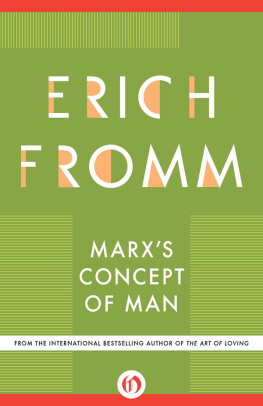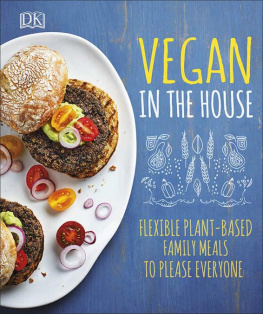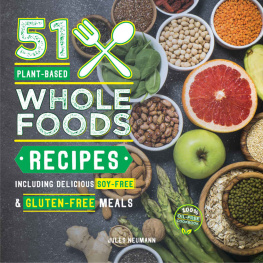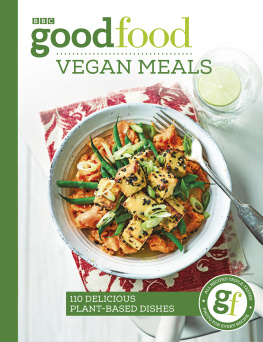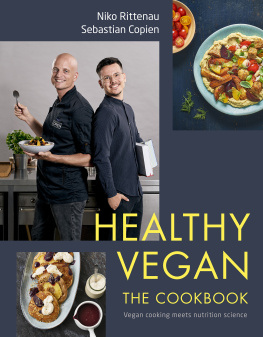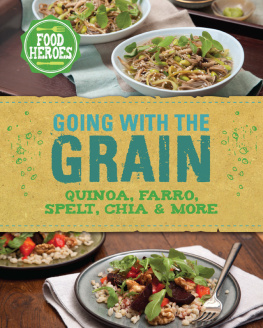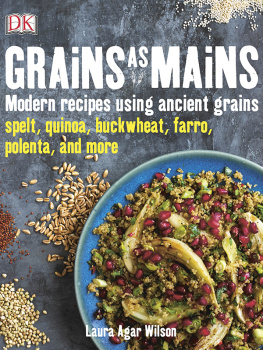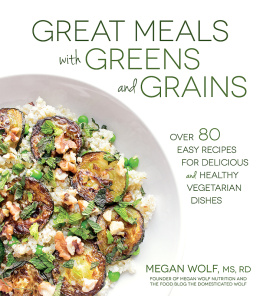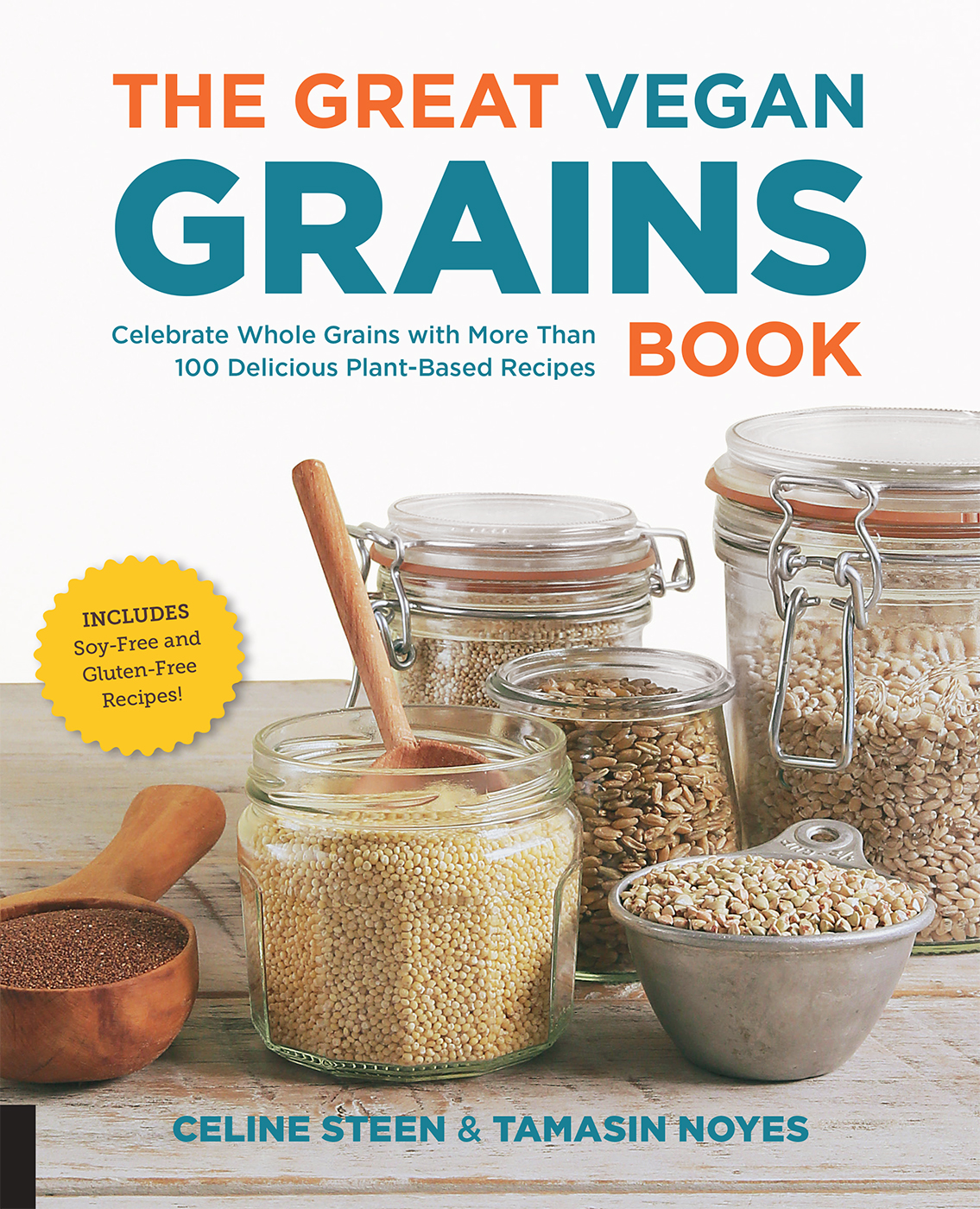The Great Vegan Grains Book is not only informative, but full of deliciously unique and beautifully photographed recipes that are sure to become a fixture in your meal lineup! Celine and Tami share their immense knowledge of grains in a fun, casual, and incredibly tasty way.
Rose Weitzner, M.D., managing director of the Vegan Trade Council
In their new book, Celine and Tami show you that in order to add whole grains to your diet you dont have to stop at oatmeal or brown rice. The Great Vegan Grains Book is packed with mouthwatering and unique, often internationally inspired, recipes that will take you on a fantastic journey to explore the amazing world of amaranth, quinoa, spelt, and other wonderful seeds and cereals.
Constanze Reichardt, founder of seitanismymotor.com

2016 Quarto Publishing Group USA Inc.
Text 2016 Celine Steen and Tamasin Noyes
First published in the United States of America in 2016 by
Fair Winds Press, an imprint of
Quarto Publishing Group USA Inc.
100 Cummings Center
Suite 406-L
Beverly, Massachusetts 01915-6101
Telephone: (978) 282-9590
Fax: (978) 283-2742
QuartoKnows.com
Visit our blogs at QuartoKnows.com
All rights reserved. No part of this book may be reproduced or utilized, in any form or by any means, electronic or mechanical, without prior permission in writing from the publisher.
Digital edition: 978-1-62788-826-4
Softcover edition: 978-1-59233-699-9
Digital edition published in 2016
Library of Congress Cataloging-in-Publication Data available
Book and cover design by Megan Jones Design
Book layout by Megan Jones Design
Photography by Celine Steen (www.celinesteen.com)
THE GREAT VEGAN
GRAINS BOOK
Celebrate Whole Grains with More Than 100 Delicious Plant-Based Recipes
CELINE STEEN & TAMASIN NOYES

CONTENTS
Guide
THE WHOLE STORY ON WHOLE GRAINS

Grains have been a mainstay of the human diet throughout time and across cultures. As societies shifted toward a less nomadic lifestyle, they began to plant grainsfrom amaranth in Mexico, to barley in Egypt, to rye in Russia, to teff in Ethiopia, and so many more. Whole grains are believed to be some of the earliest cultivated foods, and they have been a vital component in sustaining life all around the world.
The popularity of whole grains is well deserved. Grains are delicious, highly nutritious, and packed with fiber, protein, and other key nutrients.
We all have increasingly busy lifestyles, and naturally this is reflected in the ways we cook. In this book, we have tried more than ever to offer you easy-to-prepare dishes that dont sacrifice flavor. Thanks to the diverse and delicious taste of whole grains, its easy to use them as a backdrop for fresh vegetables, herbs, and spices, as well as in new and unique ways.
What follows is a list of questions (and answers!) to help you get started in exploring a diet richer in whole-grain, plant-based food.
WHAT MAKES A GRAIN A WHOLE GRAIN?
By definition, whole grains must retain their bran, germ, and endosperm in order to be deserving of the whole grain designation. The bran is the fiber-rich outer layer of the grain kernel. The germ is the nutrient- and protein-rich part of the grain. The endosperm is the germs food supply and the largest part of the grain; it is carbohydrate rich and also provides a bit of protein.
There are some exceptions to this three-part rule, however. Some grains, such as barley and millet, need to have their inedible outer husks removed so that theyre easier to digest. Such grains are still considered to be whole as they contain all the nutritional benefits found in the original kernel form.
Pearled and semipearled grains, on the other hand, cannot be considered whole. Although they offer the advantage of a much shorter cooking time, they are only slightly healthier for you than refined grains because the polishing process removes the bran (the outer layer) of the grain. Even more-refined grains, such as white rice, have the germ removed along with the bran, which definitely turns them into un-whole-y grains.
While were clearly big fans of whole grains, we also think balance is key. Enjoy refined grains, on occasion, if the mood strikes!
WHY EAT WHOLE GRAINS?
Vegans probably eat more whole grains than youd find in the average American diet. While thats a great start, the facts tell us that we should all find ways to get more whole grains in our diets. The health benefits speak for themselves.
Because a whole grain is truly whole, none of the natural nutritional benefits are removed. Whole grains are full of protein, fiber, B vitamins, antioxidants, and minerals. Do these sound familiar? They are some of the same nutritional elements that help reduce the risk of heart disease, type-2 diabetes, and even some types of cancer.
Whole grains also help to make us feel full and can help with weight controlwe have fiber to thank for that. People who maintain a healthy weight tend to have better blood pressure and cholesterol levels. High levels of fiber are key to healthy digestion, too.
The 2010 USDA dietary guidelines say that half of our daily diet should be whole grains. Truly, we could go on and on about why whole grains should be a big part of your diet, but we think you get the idea.
STORING WHOLE GRAINS
To keep whole grains from going rancid or attracting bugs, its best to store them in airtight containers such as glass or plastic jars, in a dry and cool place. Its helpful to add a sticky note to the package with the date of purchase. (Dating herbs and spices is also helpful to ensure you are using fresh-tasting, more potent ingredients for the best possible results.)
If you are new to whole grains and still experimenting with them, we recommend checking out bulk bins in order to get better acquainted with different grains. Bulk bins offer a wonderful opportunity to purchase smaller amounts. Plus, when you find one you love, youll get a better price, too, as bulk grains are typically less expensive than the prepackaged versions.
PREPARING WHOLE GRAINS
Before you start cooking whole grains inspect them for debris, then rinse them in a fine-mesh sieve until the water runs clear. We dont always rinse tiny grains, (such as amaranth seeds and teff), but if you want to, line the sieve with a piece of cheesecloth or use a nut milk bag, instead, to avoid washing the grain down the drain.
Sprouting and soaking grains are popular techniques that are worthy of books devoted solely to them. If youd like to get your feetand your grains!wet, we encourage you to check out the sidebar as well as online resources devoted to the topic.



